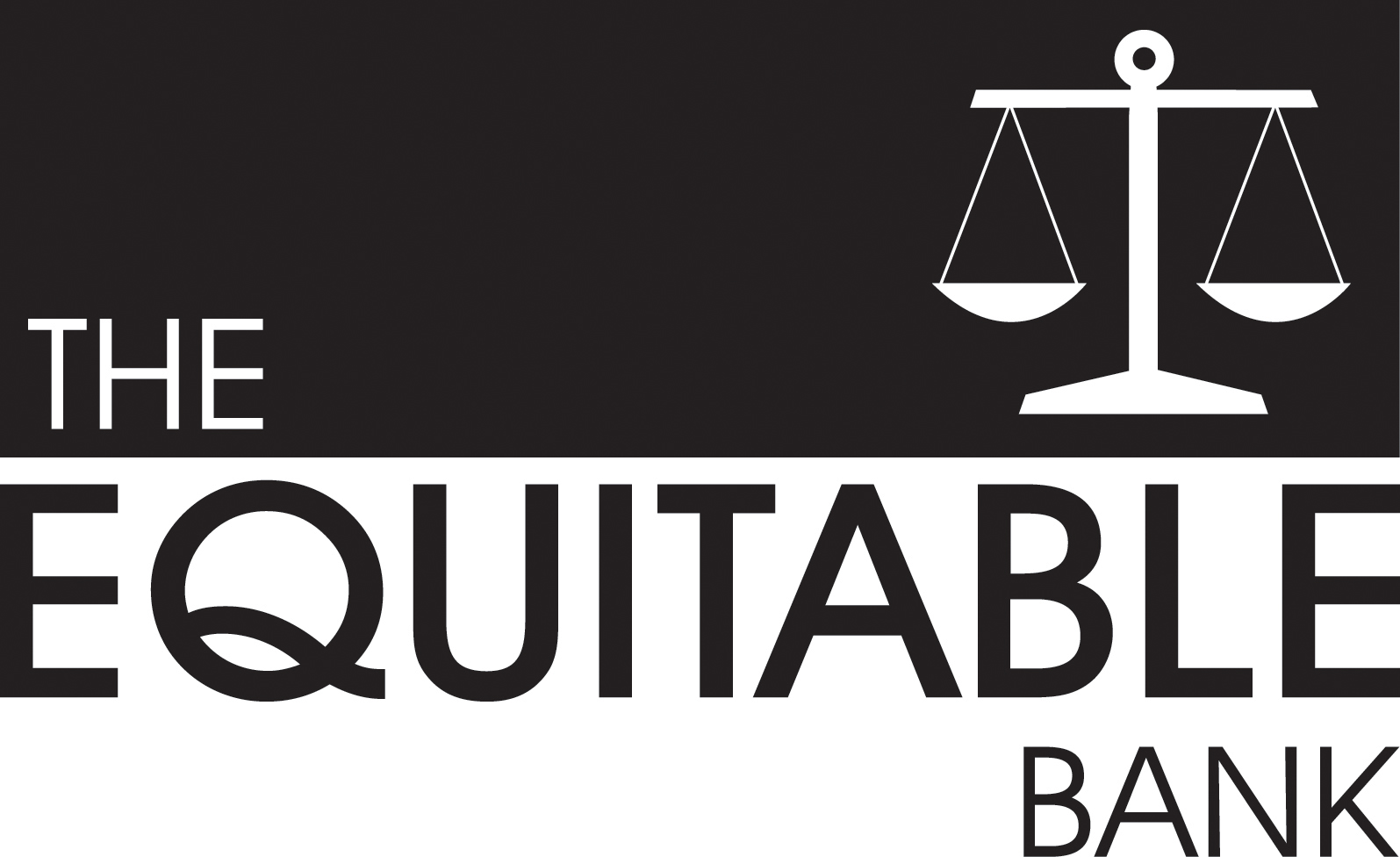
Why a former trust company launched a digital-only bank
By Mary Wisniewski for the American Banker Magazine,
Rather than partner with a neobank, a more than 45-year-old Canadian financial services company chose to build a digital-only brand to acquire retail customers and to control the user experience.
The rare move points to a growing belief among banks and fintech companies alike worldwide: Consumers are ready for digital-only, and in some cases mobile-first, banking.
Late last month, Equitable Bank, based in Toronto, announced its first digital product under the brand EQ Bank. The name was used to avoid confusion with similarly named institutions, and is distinctive and easy to find on Google, said Dan Dickinson, vice president of digital banking at EQ Bank. It is the first consumer play for Equitable, which has no branches, roughly $10 billion in assets (measured in U.S. dollars) and converted to a bank from a trust company three years ago.
The strategy of launching a digital-only offshoot of an established brand has been used in the U.S. by Customers Bancorp in Phoenixville, Pa., with BankMobile. (During the late-1990s dotcom boom, Bank One, a predecessor to JPMorgan Chase, had a short-lived online-only unit called WingspanBank.) Equitable likely won’t be the last institution to take the approach either, at a time when consumers are increasingly clamoring for digital services before walking into a branch or calling an 800 number.
“Consumers are increasingly becoming digital-preferred,” said Amol Shah, a director in the financial practice at the consulting firm AlixPartners.
Other recent examples of the practice include National Australia Bank’s UBank and the French Bank BNP Paribas’ Hello Bank. Rather than build a separate mobile-only direct bank, BBVA’s U.S. subsidiary acquired one, the startup Simple.
In Canada at least, the numbers point to a warm embrace for a digital-only offering. According to a report by the Canadian Bankers Association, 55% of that country’s population chooses to do most of their banking online.
“It’s an established market here,” Dickinson said. Tangerine, formerly ING Direct, has long operated in Canada, for instance.
EQ Bank’s product is part savings, part checking and — most notably — comes without a debit card. It also stresses mobile. On its website, EQ tells consumers, “Don’t look for a branch, look in your pocket.”
Unlike the approach taken by neobanks such as Qapital and Digit in the U.S., EQ is using a high rate to woo customers, more so than fancy features. It is offering them 3% on their money stored, compared to 0.8% to 1% for most of Canada’s big banks, 1.75% for smaller and direct players and occasional promo rates of up to 2.4%. EQ Bank can afford to pay such a high rate because the unit doesn’t have to budget for branch costs, Dickinson said.
Still, it comes with functionality like bill payment, no minimum balance, and less typically, the ability to set up savings goals within the account and view the progress toward, say, saving for a vacation.
“Sometimes rate is what attracts, but the user experience is what retains them and gets them to talk about [the brand] and promote it,” Dickinson said.
Why not partner with a fintech startup, of which there would be many to choose from? “It wasn’t a matter of wanting to keep the development in-house so much as the control over the user experience,” Dickinson said.
Stephen Greer, an analyst in Celent’s banking group, said the concept of a separate digital brand was comparable to the innovation “sandboxes” at many banks. “They can play around a little more,” he said.
The approach could avoid some risks, he said, like putting out too many mobile features for more-traditional consumers who prefer just the basics.
“They might not be as interested in an app that has all these bells and whistles attached to it,” Greer said.
A recent Javelin Strategy & Research report found that the number of people in the U.S. who used a mobile device to bank once a week exceeded the number who went to a branch for the first time ever in 2015. Of all mobile banking users, 39% had begun conducting mobile banking in the past year, according to the report.
“We’re at a crossover point,” said Daniel Van Dyke, a mobile analyst at Javelin. There will come a day, he said, when banks will expand their mobile capabilities from day-to-day transactions (such as account balances) to high-value sales (think loans).
EQ, which is using Temenos as its core banking software provider, has an ambitious plan to break the construct of savings accounts as something distinct from checking accounts.
“The old structure doesn’t make any sense to people anymore,” Dickinson said.
So in addition its higher interest rate, EQ will provide five free electronic fund transfers per month and won’t charge monthly fees. Its launch comes as would-be disruptors have been entering Canada, a country with only a handful of banks. Among the recent entrants are Koho and Zenbanx, and (via a partnership with TD Bank) Moven.
The article first appeared in the American Banker mag





